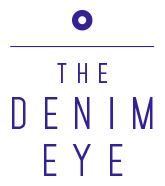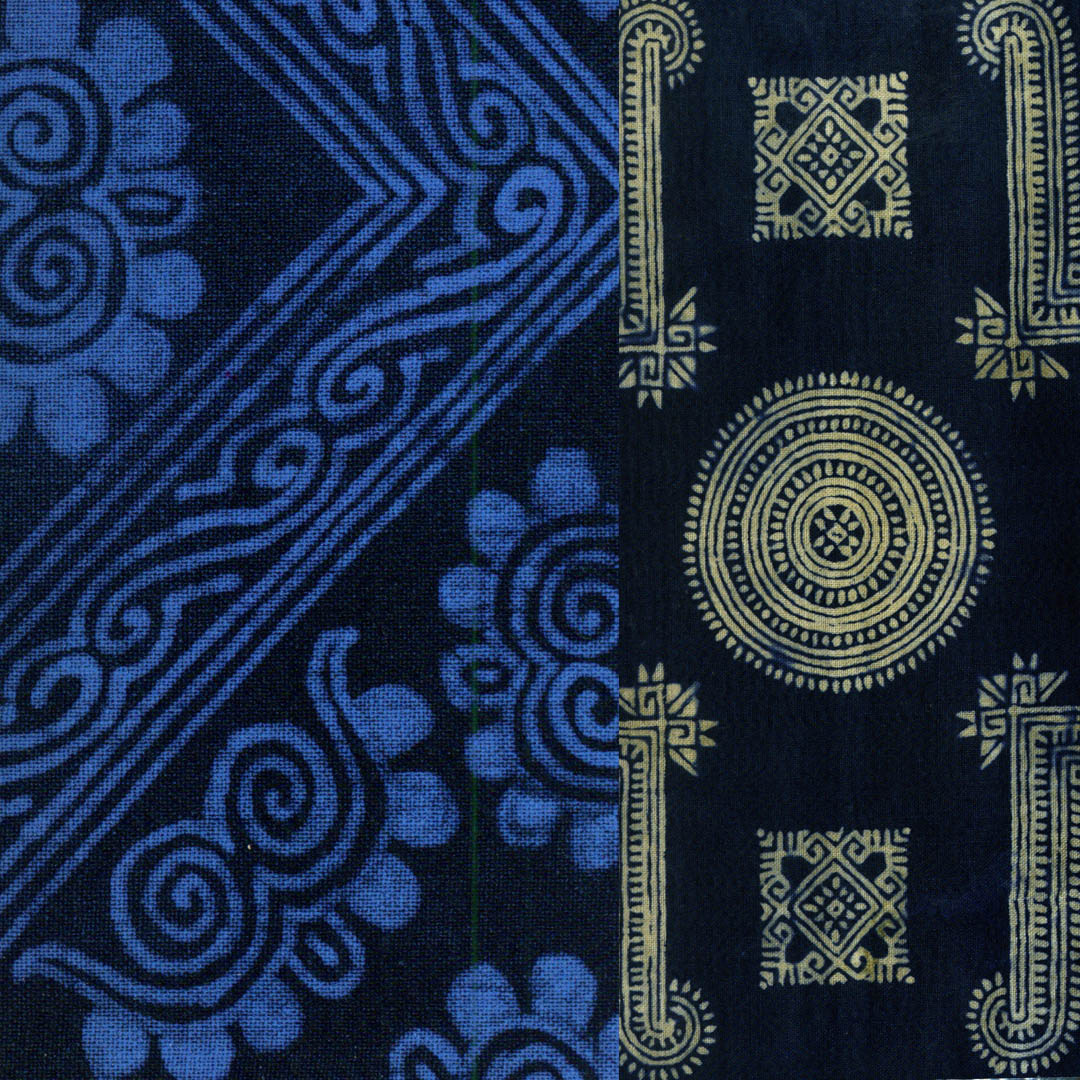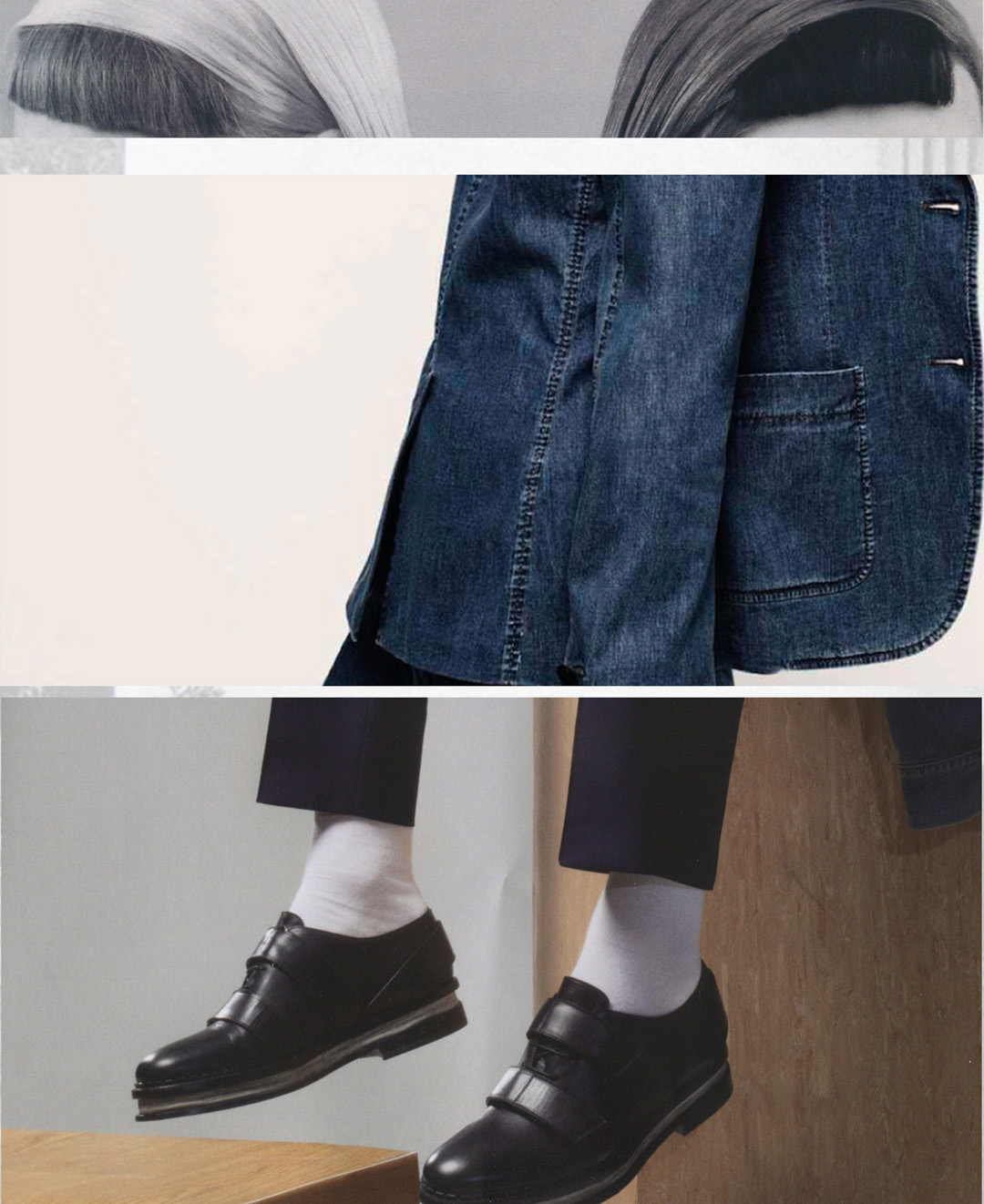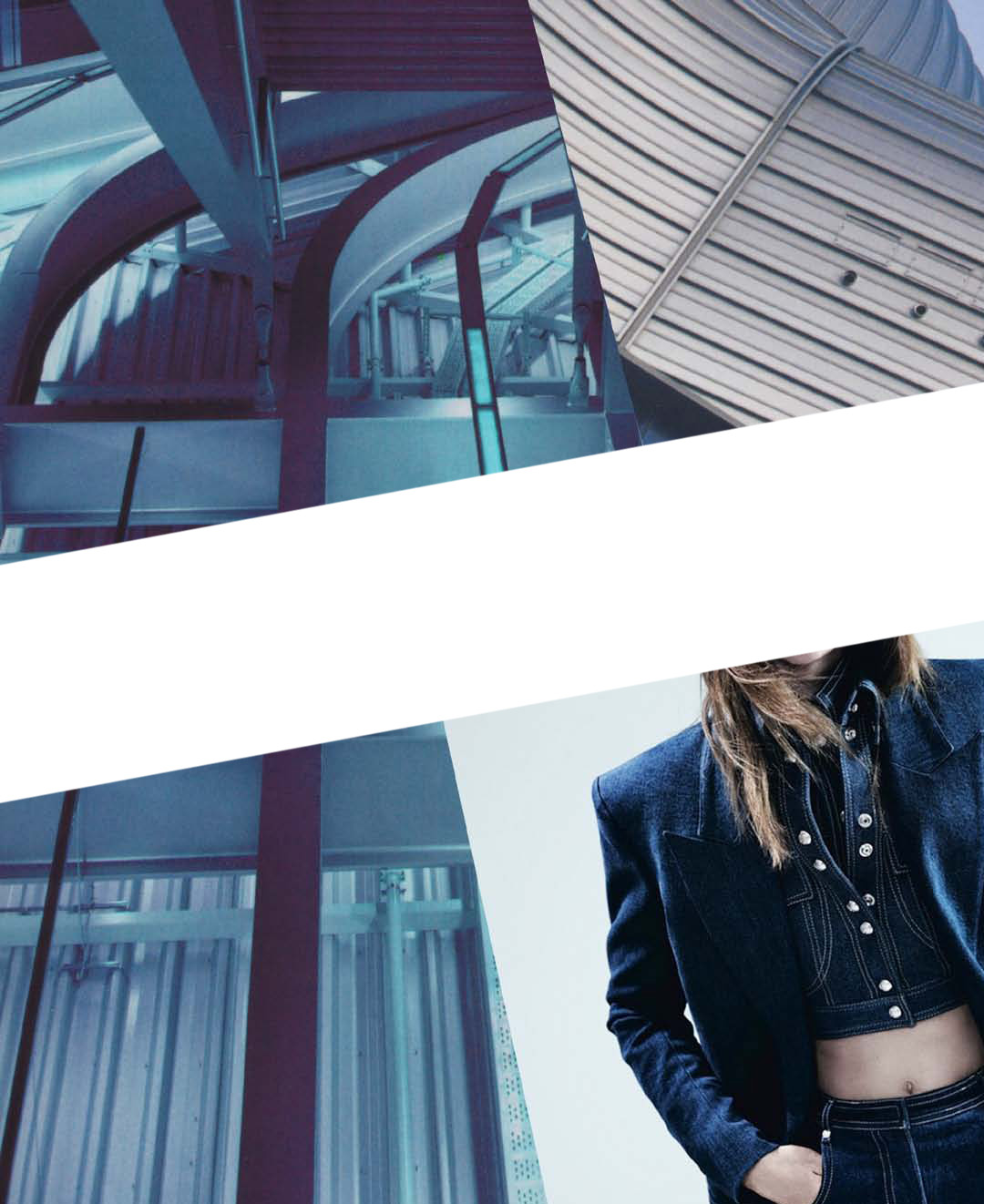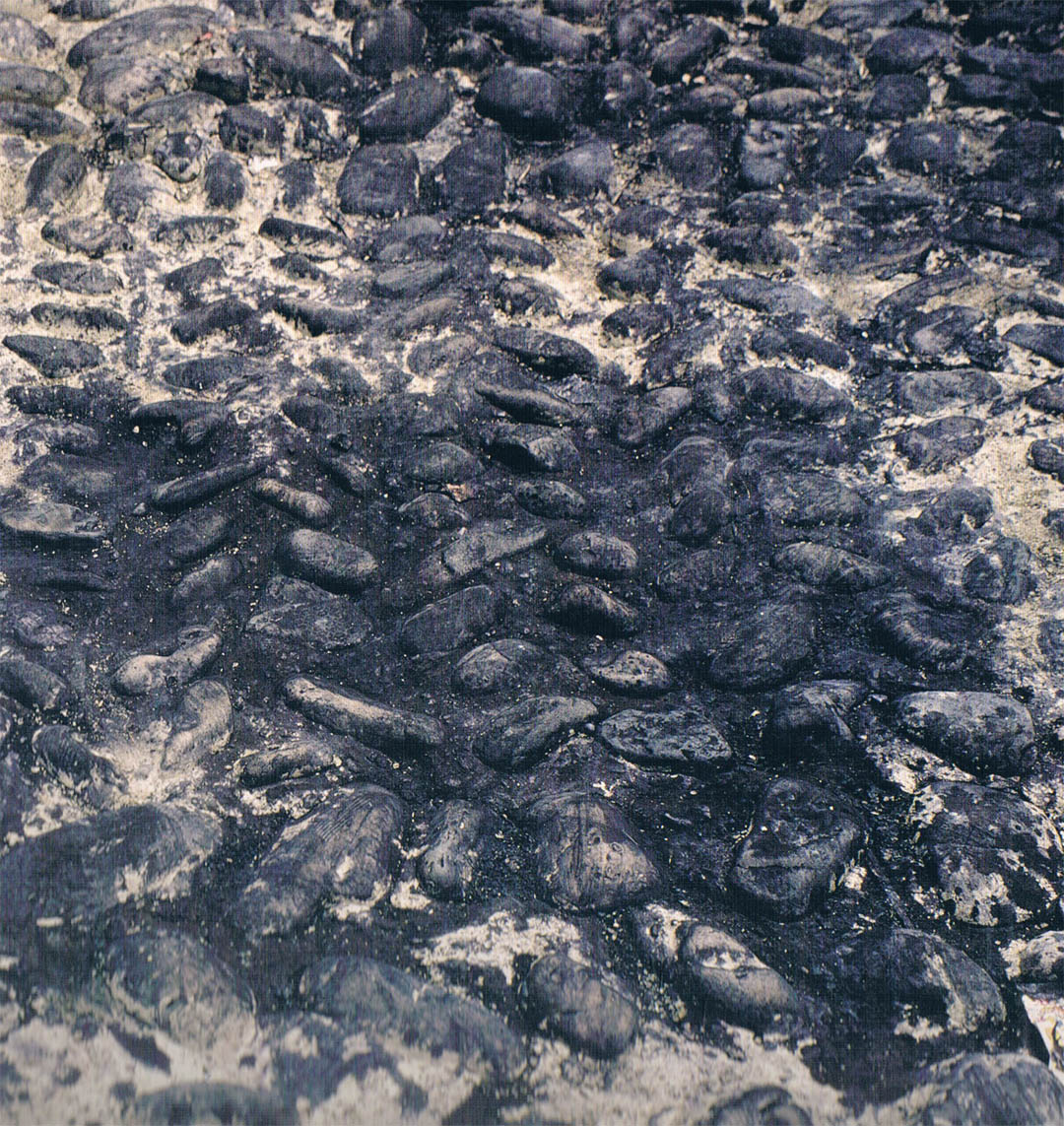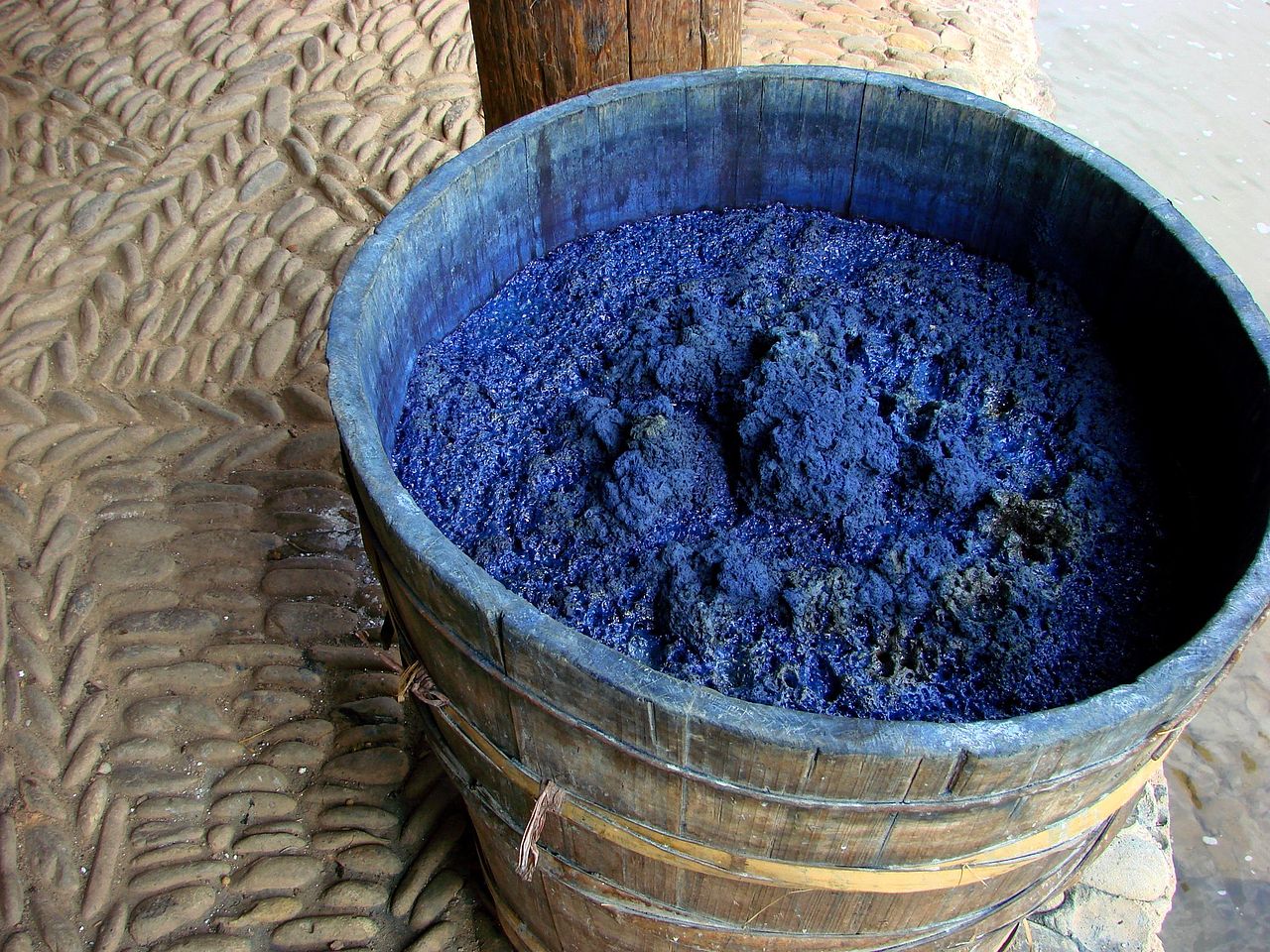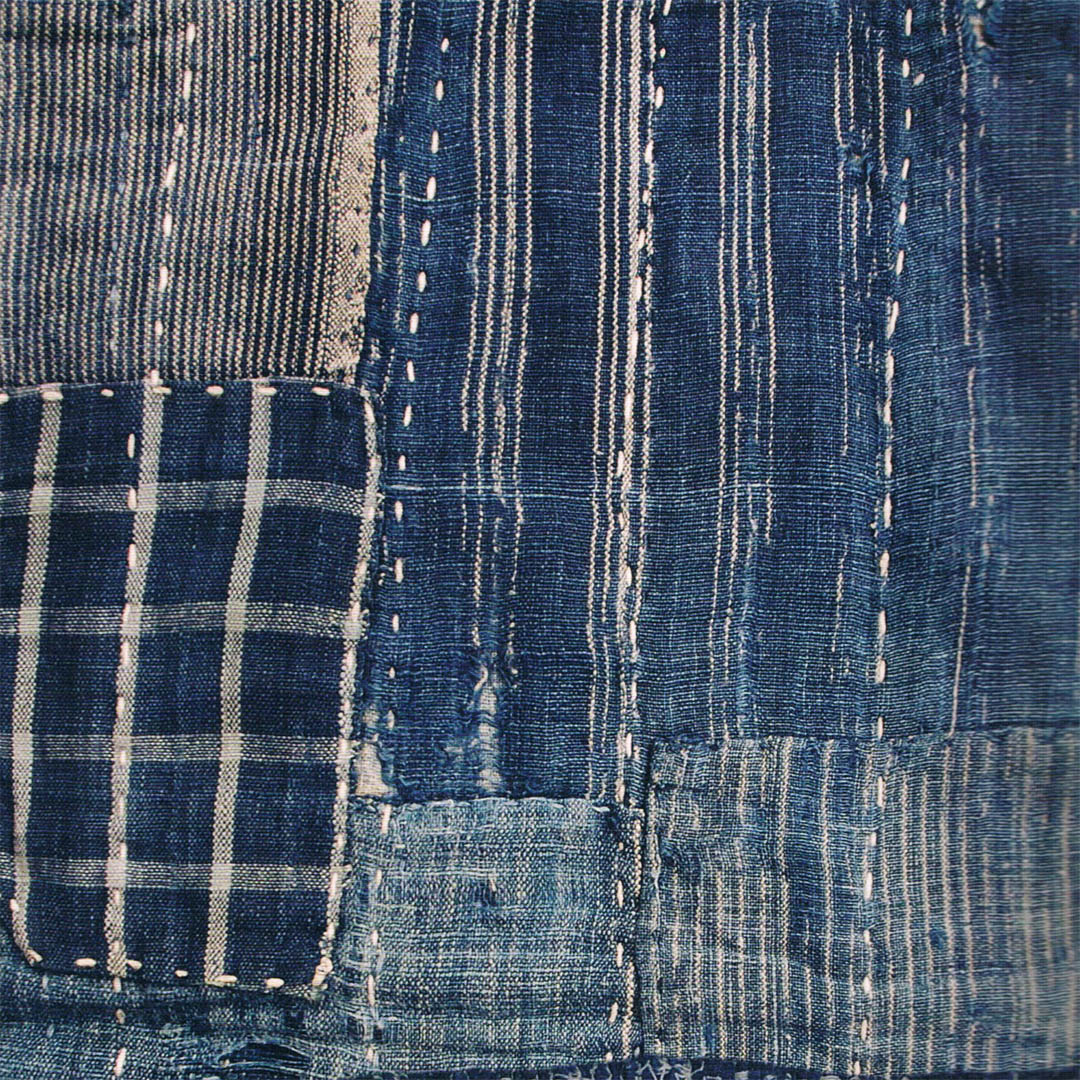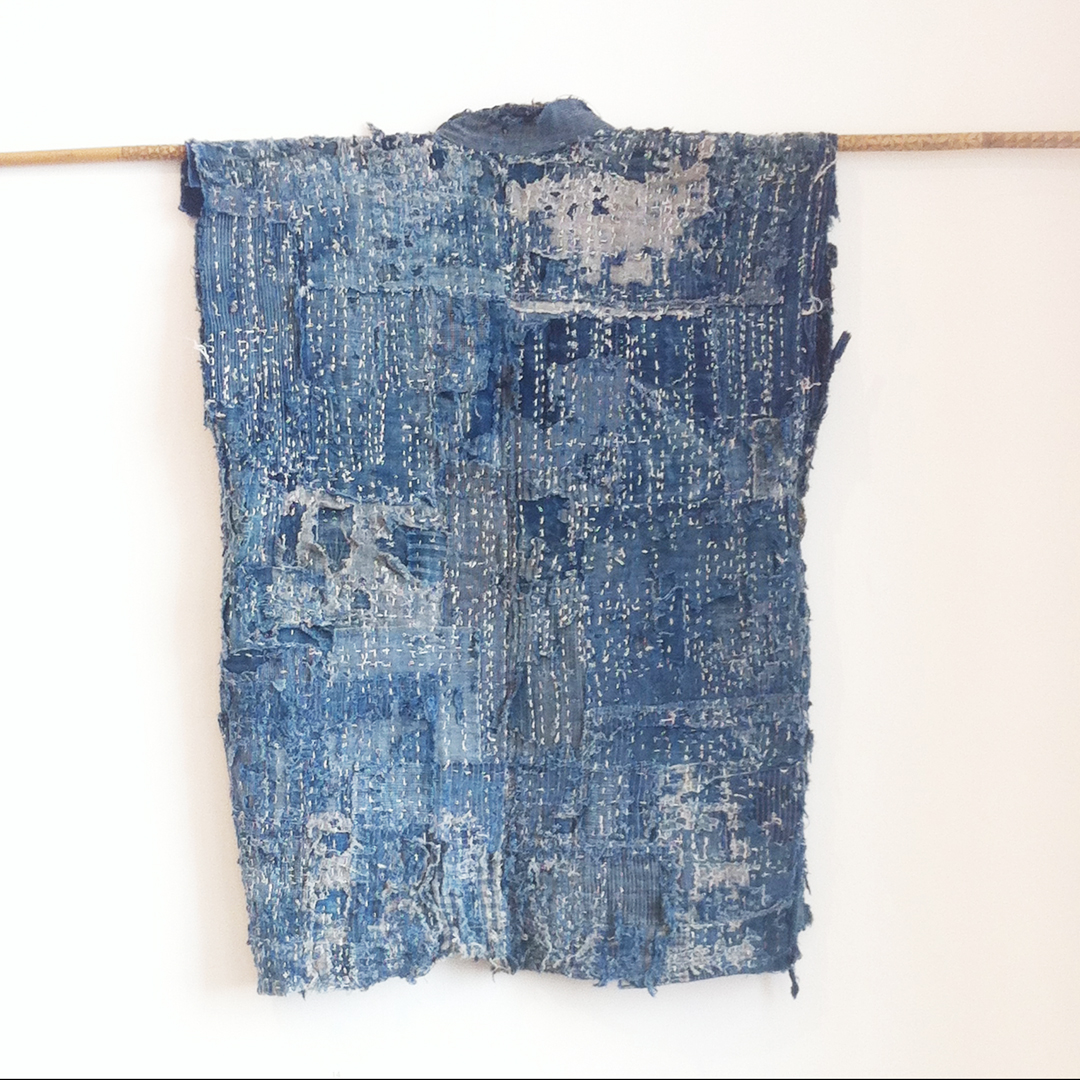This simple trend showcases bold statements in indigo "clothing" rather than just jeans. The purity of organic indigo sits in harmony alongside organic and brutalist creative architectural shapes, lines and spaces.
Lines and cellular structures which divide spaces likewise divide indigo shapes and complex layers. The use of zippers is an important hardwear feature to echo shutters and building grids.
Contemporary structured cuts outs in denim clothing echo the same from the built environment. Geometric shapes in rigid denim which will be dry cleaned to retain its crispness.
Stripes, lines, tucks and diagonal twists look new in indigo and strictly essential in our surroundings.
What's interesting about the link between architecture and denim clothing is the stiffness of denim fabric before cutting and washing and its ability to be tailored into strict shapes for a new wave of strict casual smart denim - a move on from casual chic jeanswear.
